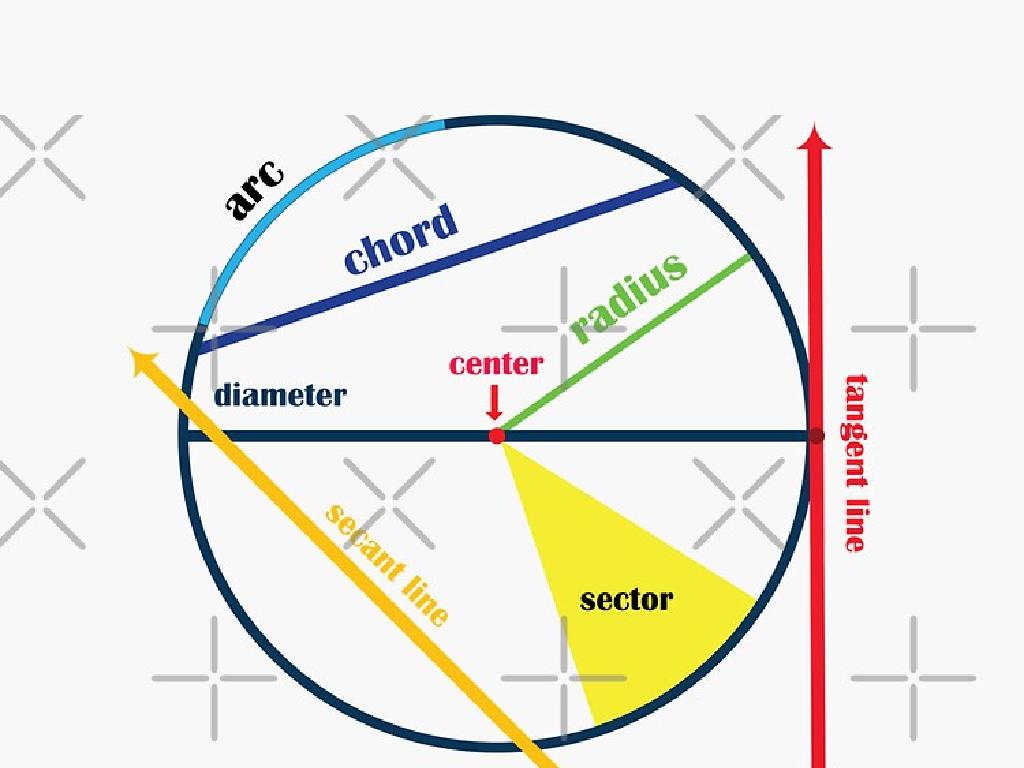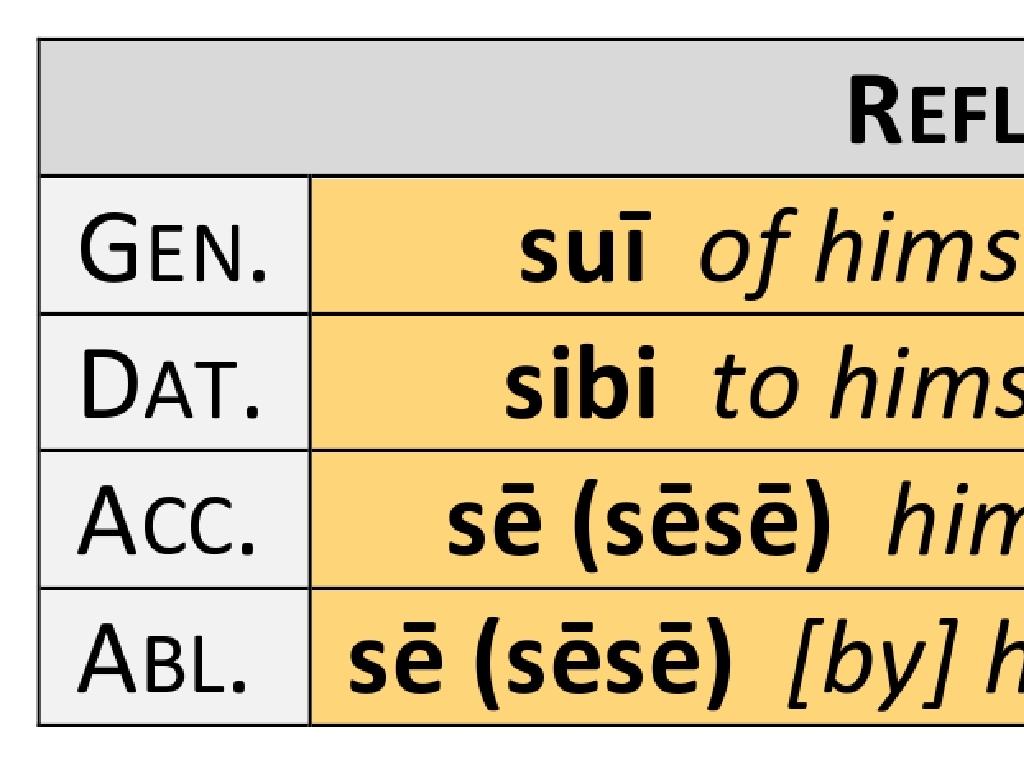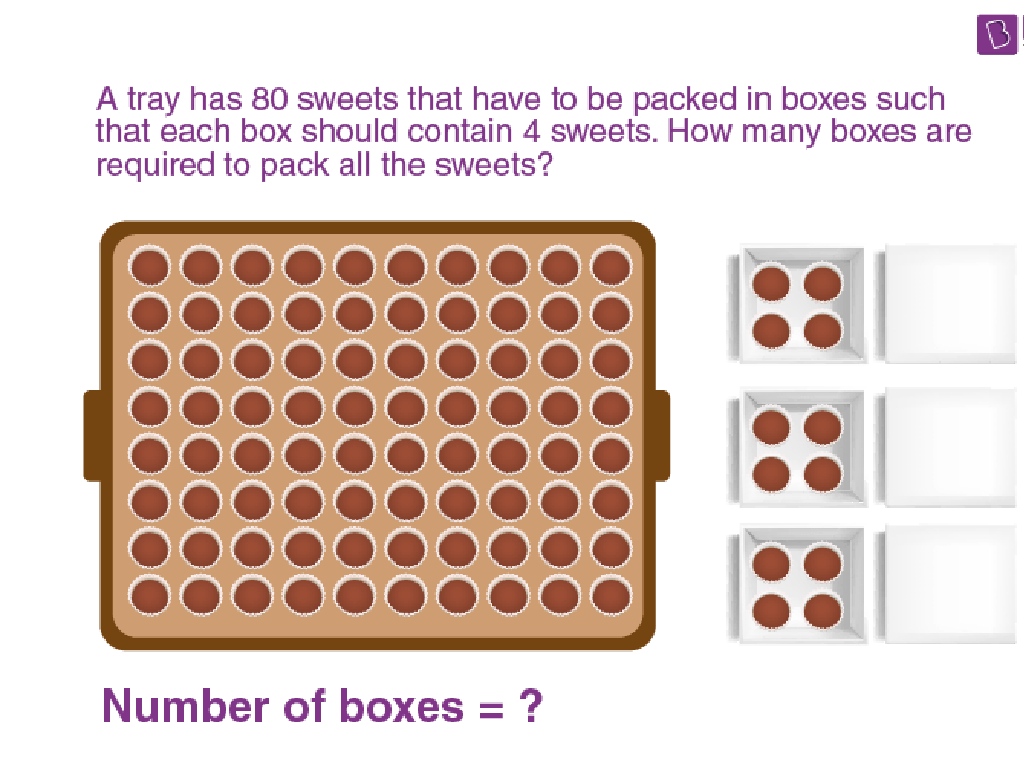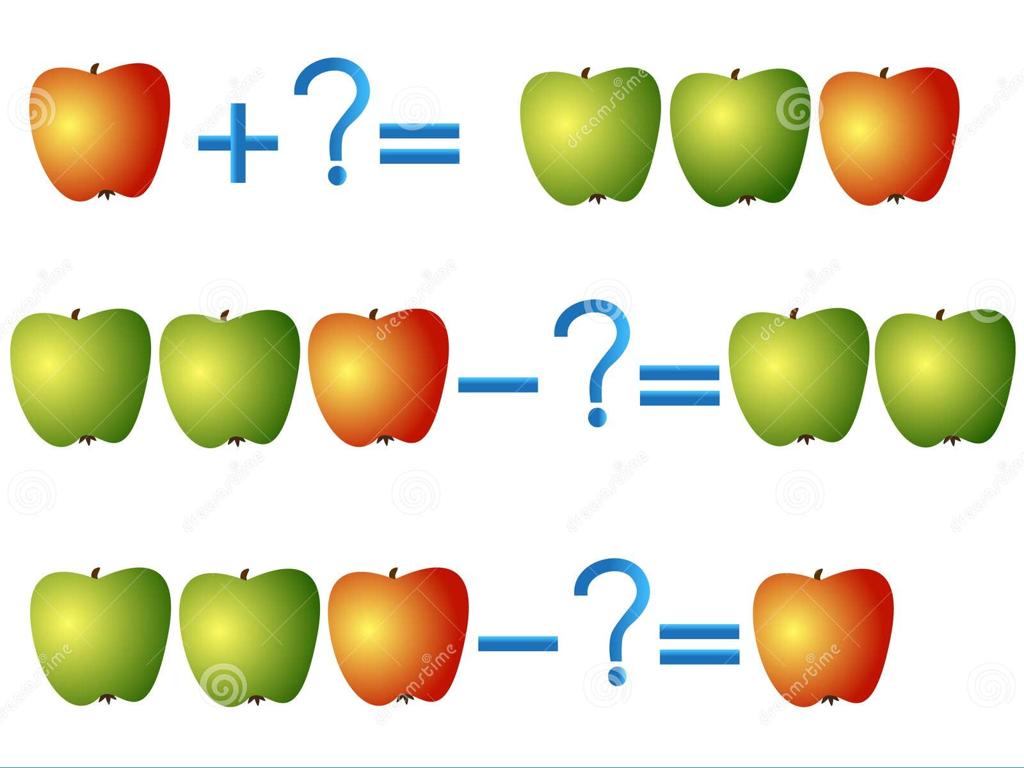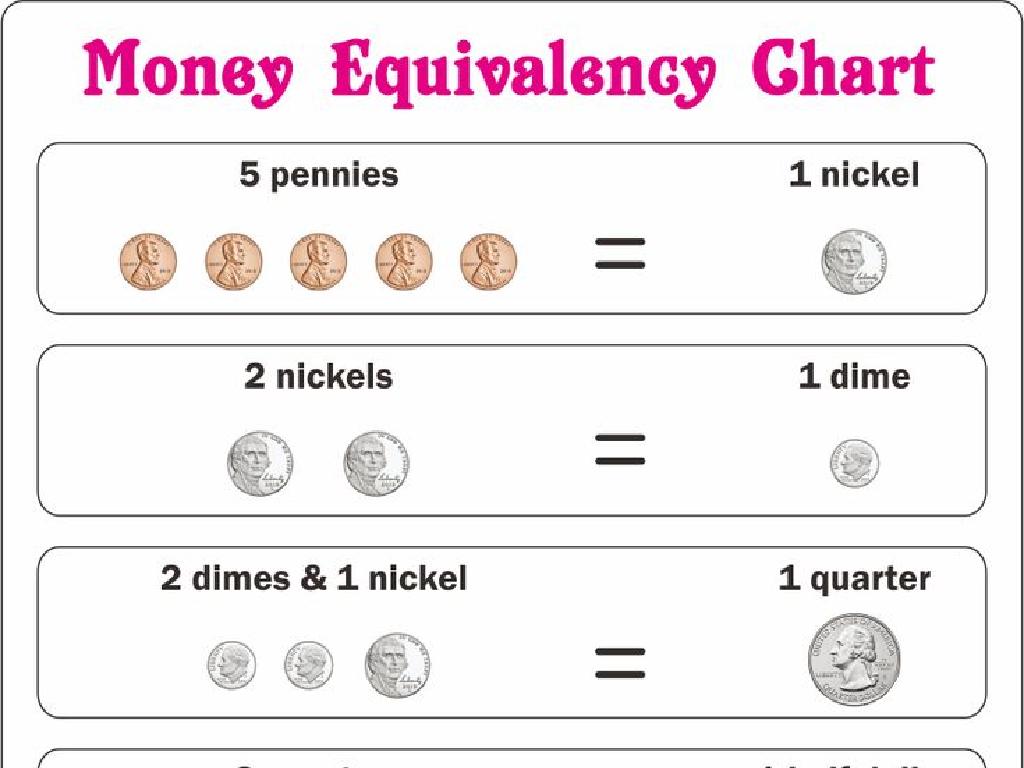Use The Progressive Verb Tenses
Subject: Language arts
Grade: Fifth grade
Topic: Verb Tense
Please LOG IN to download the presentation. Access is available to registered users only.
View More Content
Exploring Progressive Verb Tenses
– Welcome to Language Arts!
– Understanding verb tenses
– Verb tenses tell us when an action happens
– Defining progressive verb tenses
– Progressive tenses show ongoing actions
– Usage of progressive tenses
– Examples: I am learning, She was singing
|
Today’s lesson introduces progressive verb tenses, an important component of English grammar that indicates actions in progress. Begin by welcoming students and explaining the concept of verb tenses, which help us understand when an action takes place. Then, define progressive verb tenses specifically as those that describe actions currently happening or were happening at a specific moment in the past. Use everyday examples to illustrate how these tenses are used, such as ‘I am walking to school’ or ‘He was reading a book.’ Encourage students to think of actions they do every day and how to express them in progressive tenses.
Exploring Progressive Verb Tenses
– Understanding verbs
– A verb is a word used to describe an action, state, or occurrence.
– Verbs represent actions
– Think of verbs as ‘doing’ words, like ‘run’, ‘think’, or ‘eat’.
– Simple verb tense examples
– Past: ‘I walked’, Present: ‘I walk’, Future: ‘I will walk’.
– Introduction to progressive tenses
– Progressive tenses show ongoing actions, like ‘I am walking’.
|
This slide introduces the concept of verbs to the students, emphasizing their role as action words in sentences. Begin by defining a verb and then explain how verbs are used to signify actions. Provide examples of simple verb tenses (past, present, and future) to give students a foundation for understanding how verbs function in different time frames. Then, segue into progressive verb tenses, which describe actions that are currently in progress. Use relatable and straightforward examples to illustrate the concept. Encourage students to come up with their own sentences using verbs in different tenses to reinforce their understanding.
Understanding Present Progressive Tense
– Forming present progressive tense
– Use ‘am’, ‘is’, ‘are’ with verbs ending in -ing
– ‘I am eating’, ‘She is running’
– Examples show actions happening now
– Usage of present progressive tense
– Describe ongoing actions or future plans
|
This slide introduces the present progressive tense, which is used to describe actions that are currently ongoing or will happen in the near future. Start by explaining the structure of the present progressive tense, which includes the use of ‘am’, ‘is’, or ‘are’ followed by a verb ending in -ing. Provide clear examples like ‘I am eating’ or ‘She is running’ to illustrate this concept. Discuss with students that this tense is not only for actions happening at the moment of speaking but can also express future plans. Encourage students to come up with their own examples and to practice forming sentences in the present progressive tense to reinforce their understanding.
Understanding Past Progressive Tense
– Forming past progressive tense
– Use ‘was’ or ‘were’ with verbs ending in -ing
– ‘I was reading’ as an example
– Shows an action happening in the past
– ‘They were playing’ as an example
– Indicates a past ongoing action by multiple subjects
– When to use past progressive
– Use for actions that were ongoing at a specific time in the past
|
The past progressive tense is used to describe actions that were in progress at a specific moment in the past. It is formed with the helping verbs ‘was’ or ‘were’ followed by the base form of the verb plus ‘ing’. For example, ‘I was reading’ describes a single person engaged in the act of reading at a particular time in the past. ‘They were playing’ describes an action by multiple people that was happening over a period of time. This tense is particularly useful for setting the scene in a story or when describing parallel actions. Encourage students to think of actions they were doing at a specific time yesterday to practice forming sentences in the past progressive tense.
Future Progressive Tense
– Forming Future Progressive
– Use ‘will be’ followed by the verb with an ‘-ing’ ending
– ‘I will be traveling’ example
– Describes an action you plan to be doing in the future
– ‘He will be studying’ example
– Indicates a future ongoing action at a specific time
– When to use this tense
|
The future progressive tense is used to describe actions that will be in progress at a certain point in the future. It is formed with ‘will be’ followed by a verb ending in ‘-ing.’ For example, ‘I will be traveling’ suggests that at some point in the future, the action of traveling is going to be happening. This tense is particularly useful for talking about future plans or actions that will be ongoing over a period of time. It’s important for students to understand that this tense gives the sense of an action in the midst of happening in the future, rather than an action that will simply occur. Encourage students to think of actions they anticipate doing and to practice forming sentences in the future progressive tense.
Simple vs. Progressive Tenses
– Contrast Simple and Progressive
– Examples: Simple vs. Progressive
– ‘I eat’ (simple) vs. ‘I am eating’ (progressive)
– Activity: Tense Identification
– Find and highlight verbs in sentences
– Understanding usage in sentences
– How the action is expressed differently
|
This slide aims to help students understand the difference between simple and progressive tenses. Simple tenses express a fact or habitual action, while progressive tenses show ongoing actions. Provide clear examples contrasting the two tenses. For the activity, students will identify verbs in sentences and determine if they are in simple or progressive tense. This will help them understand how tenses change the meaning of a sentence. The teacher should prepare sentences in advance for the activity and guide students through the process, ensuring they grasp the concept of how actions are expressed differently in each tense.
Practice Time: Mastering Progressive Verb Tenses
– Fill in the blanks with the right progressive tense
– Use clues from each sentence to decide if it’s past, present, or future progressive.
– Change sentences from simple to progressive tense
– For example, change ‘I walk to school’ to ‘I am walking to school.’
– Group Activity: Perform a skit using progressive tenses
– In groups, write and act out short scenes that show action in progress.
|
This slide is designed to provide students with interactive practice in using progressive verb tenses. Begin with individual work where students fill in blanks in sentences, ensuring they understand how to form the progressive tense. Next, have them convert sentences from simple to progressive tense to see the difference in action. Finally, the group activity allows students to creatively apply their knowledge by writing and performing a skit. This will help solidify their understanding of the progressive tense in a fun and engaging way. For the skit, suggest scenarios like cooking a meal, getting ready for school, or playing a sport. Each student should contribute to the skit, and every group member should use at least one progressive tense in their dialogue.
Class Activity: Progressive Tense Hunt
– Find progressive tenses in a book
– Share examples with the class
– Discuss the author’s choice of tense
– Why did the author use ‘was walking’ instead of ‘walked’?
– Understand the use of progressive tense
– Progressive tense shows ongoing action in the story
|
This activity is designed to help students recognize and understand the use of progressive verb tenses in literature. Have the students select their favorite book and look for sentences that contain the progressive tense. They should note these examples to share with the class. Encourage a discussion on why the author might have chosen to use the progressive tense in these instances, such as to indicate ongoing action or to set the scene. This will help students grasp how verb tenses can affect the meaning and flow of a story. Provide guidance on how to identify progressive tenses and facilitate the discussion to ensure each student can contribute and learn from others’ findings.
Wrapping Up: Progressive Verb Tenses
– Recap progressive verb tenses
– We use them to show ongoing actions in time
– Why correct tense matters
– Using the right tense helps readers understand when actions happen
– Homework: A short story adventure
– Write a story using past, present, and future progressive tenses
– Use past, present, future progressive
– For example: ‘I was walking,’ ‘I am walking,’ ‘I will be walking’
|
As we conclude, remind students that progressive verb tenses are used to indicate actions that are ongoing at a specific time. Emphasize the importance of using the correct tense to clearly communicate when an action is taking place. For homework, students will write a short story that incorporates past, present, and future progressive tenses, which will help reinforce their understanding of these concepts. Encourage creativity and remind them to use time-specific actions to demonstrate their grasp of progressive tenses. Provide examples for each tense to guide them. During the next class, students can share their stories and discuss the tenses used.

